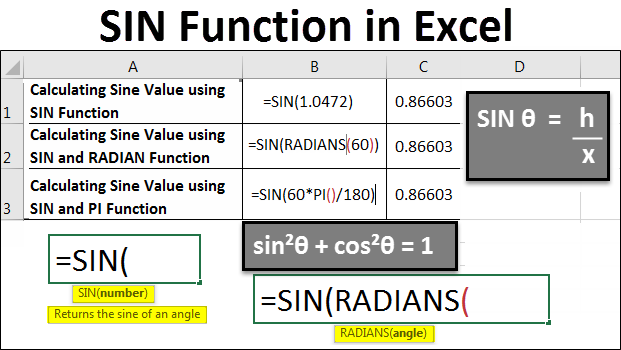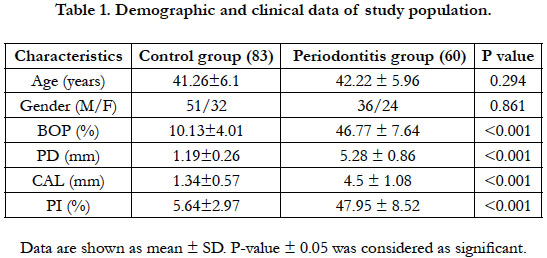

Mahmoud AA, Maivel HG, Dina MA, Soad HA (2012) Evaluation of glutathione S-transferase P1 genetic variants affecting type-2 diabetes susceptibility and glycemic control. Kano T, Sakai M, Muramatsu M (1987) Structure and expression of a human class pi glutathione S-transferase messenger RNA. Ivana G, Nebojša D, Velimir D, Jelena M, Nada V (2013) Genetic polymorphism of glutathion s-transferase p1 (gstp1) ile105val and susceptibility to atherogenesis in patients with type 2 diabetes mellitus. Huang J et al (2004) GST-pi expression correlates with oxidative stress and apoptosis in breast cancer.

Hengstler JG et al (1998) Polymorphisms of N-acetyltransferases, glutathione S-transferases, microsomal epoxide hydrolase and sulfotransferases: influence on cancer susceptibility. Gonul N et al (2012) The role of GSTM1, GSTT1, GSTP1, and OGG1 polymorphisms in type 2 diabetes mellitus risk: a case-control study in a Turkish population. Giron MD, Saito RGY (1999) Modulation of hepatic and intestinal glutathione S-transferases and other antioxidant enzymes by dietary lipids in streptozotocin diabetic rats. Gallou G, Ruelland A, Legras B, Maugendre D, Allannic H, Cloarec L (1993) Plasma malondialdehyde in type 1 and type 2, diabetic patients. Biochem J 255(1):79–83Įrciyas F et al (2004) Glycemic control, oxidative stress, and lipid profile in children with type 1 diabetes mellitus. Ann Hum Genet 53(Pt 3):205–213Ĭowell IG et al (1988) The structure of the human glutathione S-transferase pi gene. Diabetes 48:1–9īoard PG, Webb GC, Coggan M (1989) Isolation of a cDNA clone and localization of the human glutathione S-transferase 3 genes to chromosome bands 11q13 and 12q13-14. J Physiol Pharmacol 60(Suppl 5):27–30īayness JW, Thorpe SR (1999) Role of oxidative stress in diabetic complications: a new perspective to an old paradigm. J Biol Chem 272(15):10004–10012īabusikova E et al (2009) Association of oxidative stress and GST-T1 gene with childhood bronchial asthma.

Evidence for differential catalytic activity of the encoded proteins. This indicates that individuals who are carriers for the mutant allele, either in homozygous (GG) or heterozygous (AG) state, are at fourfold higher risk for development of T2DM than other subjects in this population.Īli-Osman F et al (1997) Molecular cloning, characterization, and expression in Escherichia coli of full-length cDNAs of three human glutathione S-transferase Pi gene variants. Our data indicate that G allele (Val) is associated with an increased risk for T2DM in this population in any combination (OR 4.101, 95 % CI 1.986–8.469, P = 0.00008). The genotypes and alleles frequencies in cases and controls were assessed using Cochran–Armitage trend test and odds ratios (ORs), and 95 % confidence intervals (CIs) in different genetic models of inheritance were calculated. The polymorphism was screened by PCR–RFLP in 90 T2DM patients and 87 healthy controls. In a case–control study, we investigated the role of GSTP1 Ile105Val polymorphism in predisposition to T2DM in patients from Tarabah province, Saudi Arabia. Glutathione S-transferases (GSTs) are a family of antioxidant enzymes that play important roles in decreasing ROS species and act as a kind of antioxidant defense.

#CALCULATE PI FROM POLYMORPHISM TABLE FREE#
Type 2 diabetes mellitus is characterized by chronic hyperglycemia and associated with oxidative stress resulting from accumulation of free radicals in body's tissues, which especially affects beta cells in pancreas and is an important factor in the development of diabetes and its complications.


 0 kommentar(er)
0 kommentar(er)
